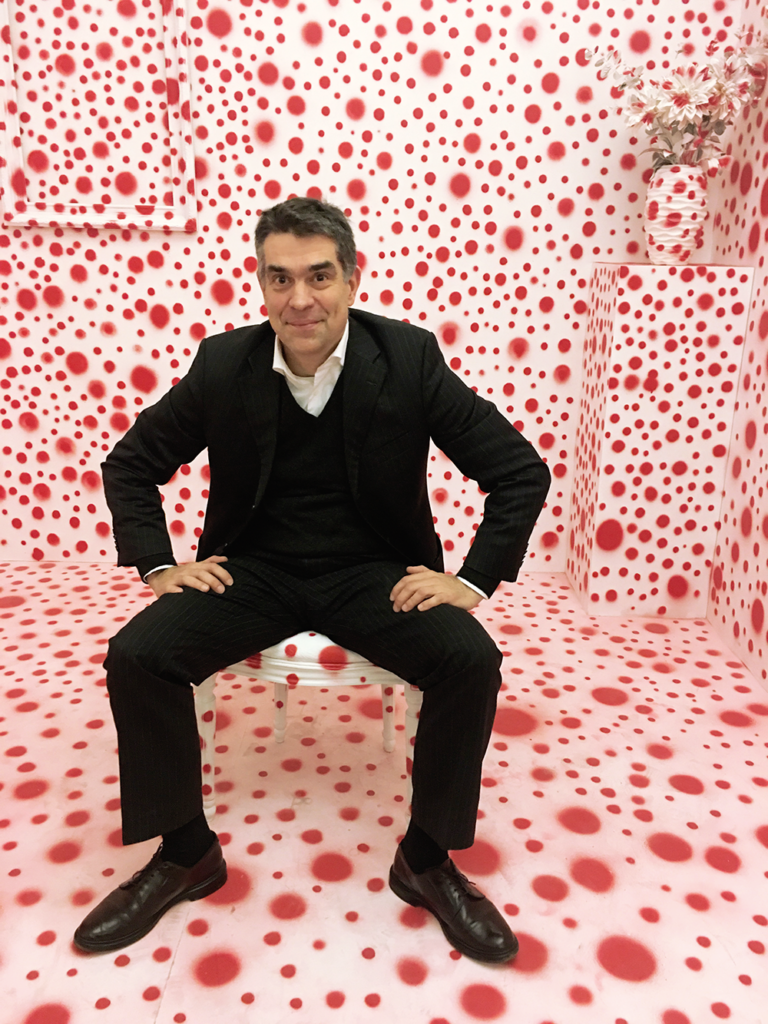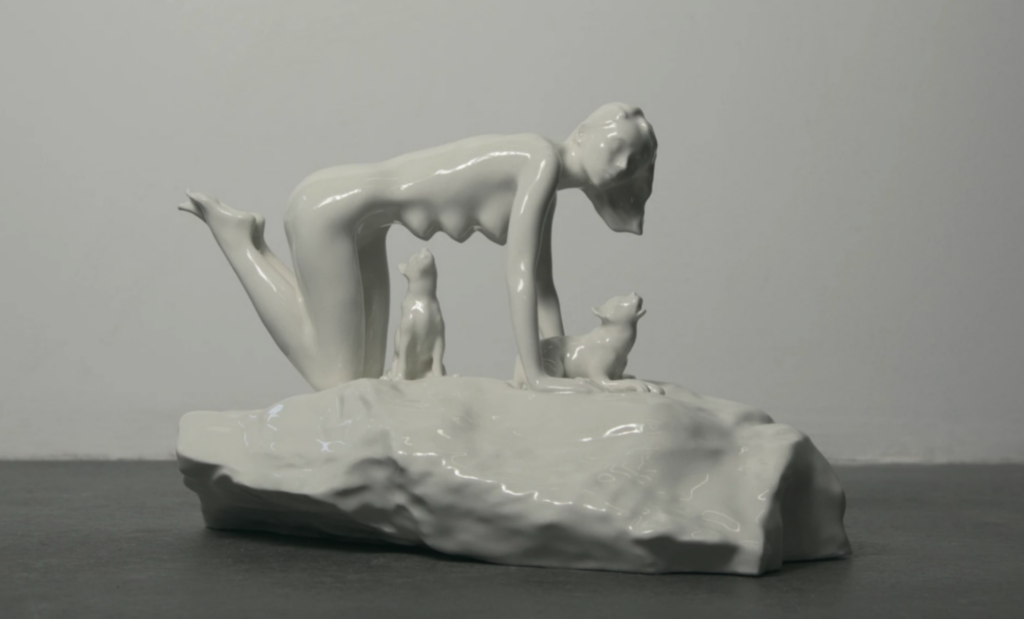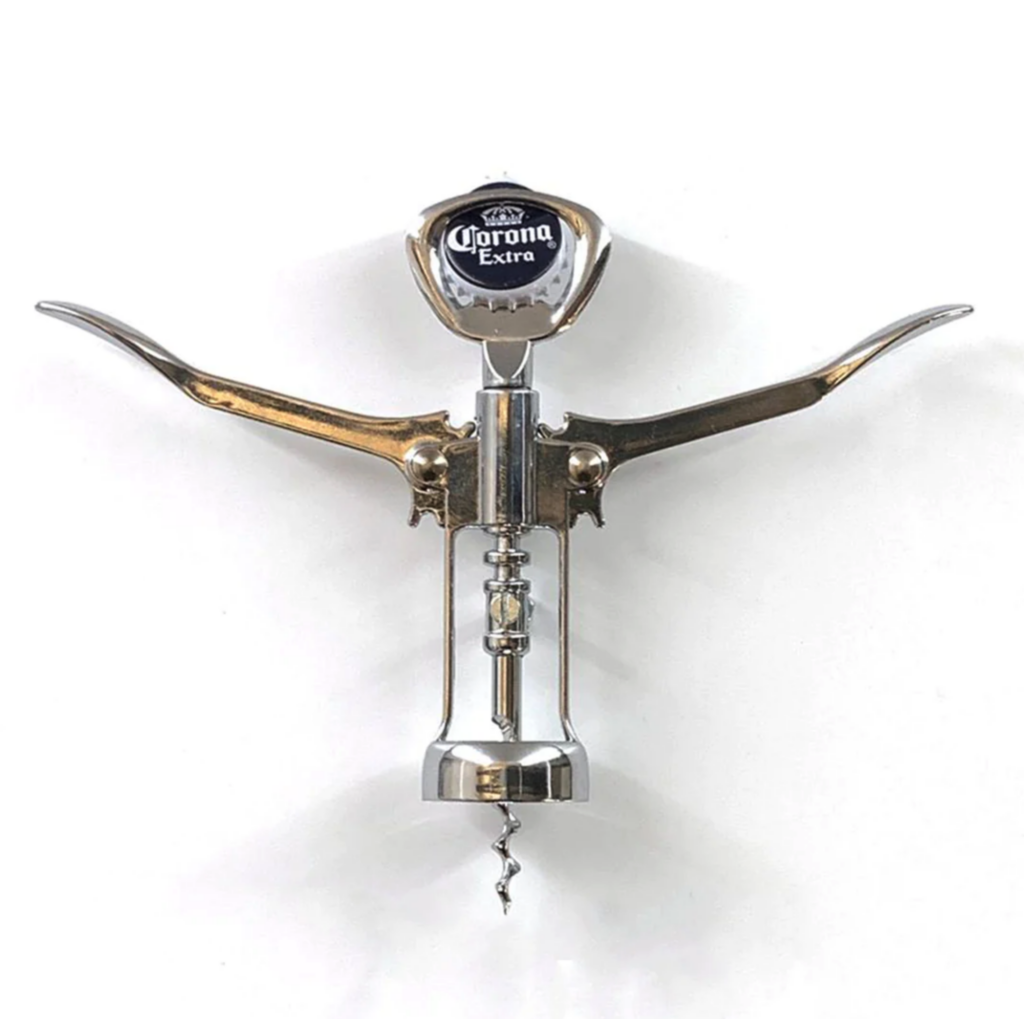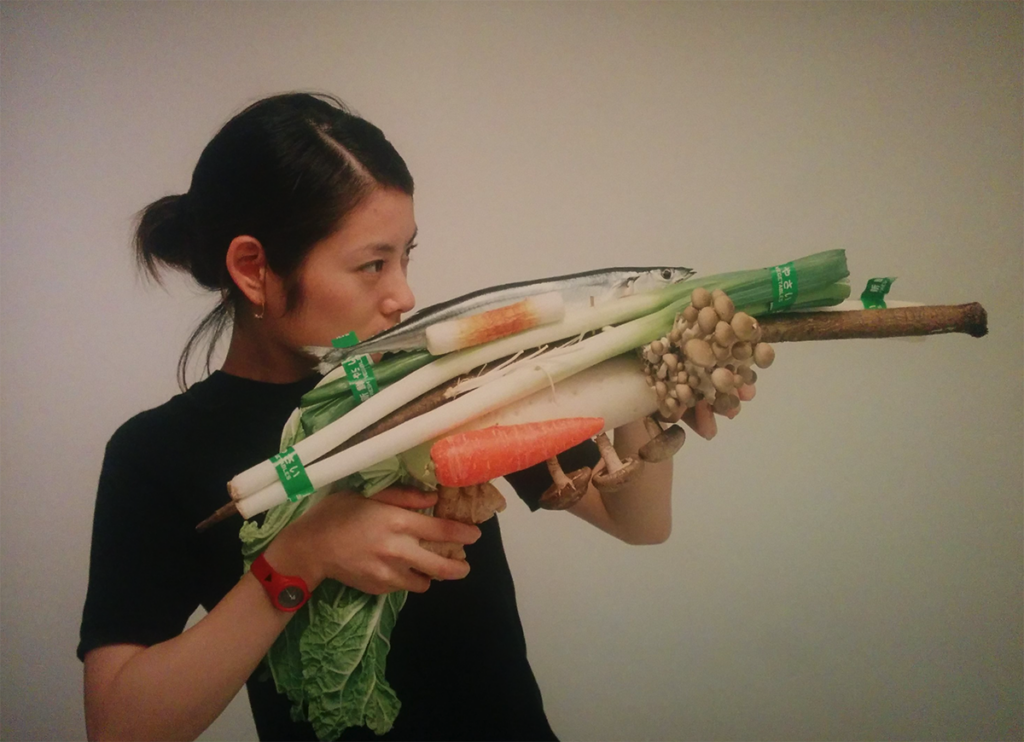
Your questions are finally answered and in a neat little webpage to boot!
For a long time, the ability to understand precisely how Artfacts worked was a mystery to some. In our consistent focus on attempting to make the art world more transparent, we forgot to make ourselves more transparent too. In our efforts to increase comprehension of all that Artfacts is, and offers, we have launched an “Artfacts Explained” page to help strip back the layers of Artfacts so that you can understand us to the very core. We encourage you to explore the page, in the hopes that it answers some of your burning questions.
To accompany the announcement of this helpful update, who better to talk to when understanding Artfacts, than the co-founder himself, Marek Claaßen.

Why did you start Artfacts?
I was an apprentice in a gallery in 1989 when I came across what Centrox Corporation – now known as Artnet – was doing, and my mind was blown away. Centrox had created the first art auction database with images and it just made so much sense, it was this ah-hah! moment. Of course, you have to understand the context of the time, the internet popped up right when I was finishing studying, and there was so much possibility.
During this time, I sold gallery administration software as a side job so I was already involved with both art and computers. At the same time, I was studying for a Masters in Business Administration. The junction of art dealing, business, computing, and this new world of the internet: It was just so obvious to me that there was something more there. With this drive, I approached the local Berlin Art Dealer Association (LVBG) and built them a website. It was the first database-powered system, where inaugural exhibitions were listed and you could click on the images and get the details about the gallery. Following that, in a sort of domino effect, I was recommended from one institution to another, and eventually, the European Gallery Association got involved and I was asked to build a Pan-European Gallery Network website, which resulted ultimately in the first version of Artfacts.
This version of Artfacts died in 2000, during the dotcom bubble crisis, as Telecom pulled its subsidisation. At this point, I commenced a Ph.D. in economics focused on the data aspects of the gallery dealership trade. I developed a model and algorithm to research this, and they are what formed the basis of the Artfacts we have today. It’s why Artfacts is such a sophisticated database, it was developed to conduct research, and that was the very foundation of it. For a number of reasons I never finished the Ph.D., but we have Artfacts to show for it. Although it’s not related to why I started Artfacts, I do have to say why it exists today, and that is due to my partner and co-founder, Stine Albertsen. She’s been there every step of the way, is the beating heart of the company, and I couldn’t have done it without her.
Why do you love data?
Why do I love data? I don’t know, because I’m constructed this way! The most interesting thing about data is discovery; when you use Google Maps to go from A to B you discover a new way to go, when you use ChatGPT, you might discover something you didn’t know. For example: our head of business development, Julia, was visiting our Berlin office and she wanted to go for a swim, so I asked ChatGPT about Lidos in Berlin and it uncovered some amazing places I have never been before, even though I’ve lived in Berlin for over 30 years! So I believe discovery is the greatest achievement of data, you discover knowledge you didn’t have before.
In Artfacts, with the rankings, you discover artists or galleries that you hadn’t looked at before. Data offers something that is outside of your genes or upbringing, your gender, your race, your socioeconomic status, your lived experience, and your beliefs. It’s kind of clean of everything, and this makes it very exciting because it gives you a hint to look where you wouldn’t normally. It is pure data, devoid of preconceptions or prejudices to help you find something new.
We know that you don’t just love art data, you love art! What are three favourite pieces that you have in your home right now?
I would mention a sculpture first of all by Julia Beliaeva. Julia is a Ukrainian artist that I met in Kiev in 2019 and this artwork hasn’t been in our home for most of the time since we purchased it. It just came back the other day, it is constantly showing because it’s so special. The artwork references one of the most known sculptures in the world, the Roman Empire wolf, Romulus Remus.


The second artwork I want to show you is by the German artist Jurgen Ostarhild. It’s a bottle opener and corona bottle lid made to look like the crucified Jesus. I’m into FLUXUS, you see, and there is a video of this artwork being made with the artist, myself, and his gallerist getting drunk on Corona beer, during Corona.

The third artwork is a photograph by the Japanese artist Tsuyoshi Ozawa, it’s hanging in our dining room. The weapon made out of vegetables creates a powerful inverted image.

A final thought
The same thing that I like about data, I like about art – artworks can turn your worldview, or trick your eyes, make you smile, or trigger neurons. I like the allegory in Beliaeva’s work: turning the Romanian empire into the Ukranian woman feeding the pets, in Ostarhild’s he twists the image too with the bottle opener Jesus, and Ozawa shifts our perspective with his vegetables instead of weapons. These artworks all break with traditional expectations of how you view things and therefore, they offer discovery.
Headerimage by Piotr Pietrus
